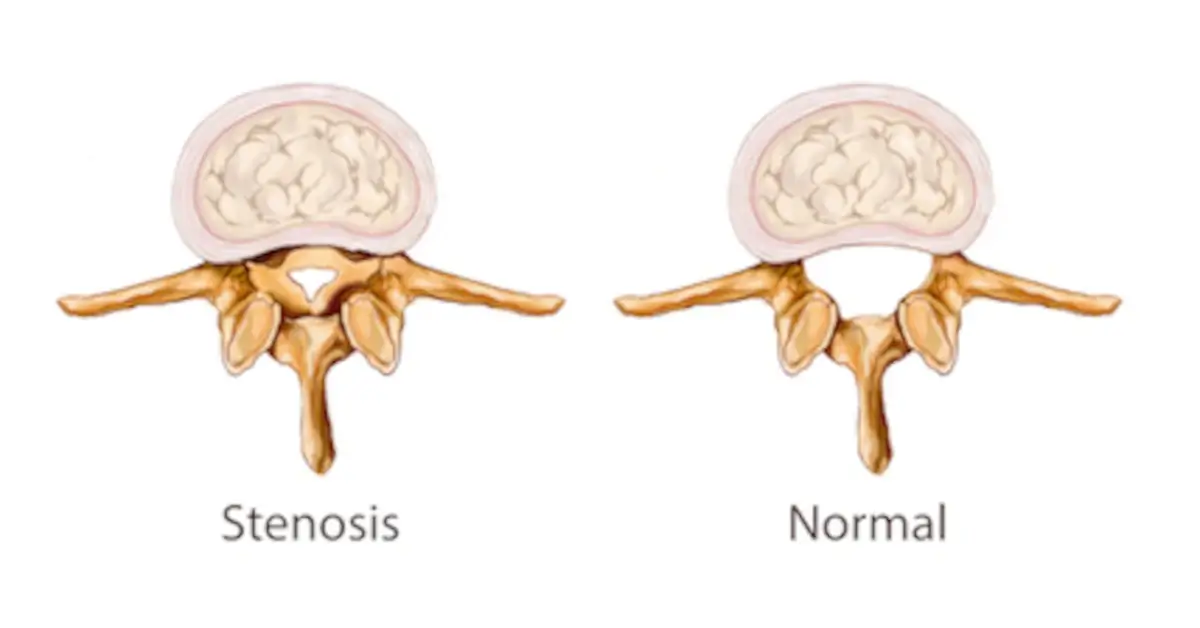The answer is yes, you do have to live with it for the rest of your life. However, many patients with spinal stenosis live in the absence of pain or with minimal symptoms. By making simple lifestyle modifications and pursuing conservative treatment options, such as oral medications, neuropathic agents, physical therapy, and epidural steroid injections, you’ll be on your way to pain-free living.
Spinal stenosis is a disorder that occurs when the spaces in the backbone narrow, resulting in pressure on the spinal cord. When the pressure is on the lower part of the spinal cord, it can cause pain or numbness in the legs. When it is on the upper part of the spinal cord, in the neck area, pain or numbness is felt in the shoulders. Spinal stenosis is most common in people over 50 years old, but is also seen in patients who have suffered from spinal injuries.
Most of the common causes of spinal stenosis are general byproducts of the aging process. One cause is herniated or bulging discs, which place pressure on the spinal cord. As we age, bone spurs are more likely to form. Bone spurs, also known as osteophytes, refer to pieces of bone that project out from the rest of the body. They can occur as a reaction to stabilizing the segment that the herniated disc has put pressure on. Osteoarthritis, tumors of the spine, trauma, and bone disorders can also cause acquired spinal stenosis, different from the degenerative type.
An orthopedic spine specialist will diagnose spinal stenosis based on your symptoms and medical history, along with an extensive exam. MRIs, CAT scans, and bone scans can all be useful in determining if it is spinal stenosis, depending on your presenting symptoms and pain level.
Managing symptoms and keeping pain levels down are some of the goals of the attending neurologist or orthopedist. Conservative treatments include the use of nonsteroidal anti-inflammatory drugs (NSAIDs), like aspirin or ibuprofen. Steroid injections in the membranes covering the spinal cord can reduce inflammation and decrease pain, especially if you are experiencing it in your legs. Certain exercises can be prescribed to strengthen back muscles, helping to stabilize the spine. Depending on the degree of debilitation, using an exercise bike or swimming can be helpful in building endurance as well as back muscle strength. Surgery is generally only considered when conservative measures have failed to generate a marked improvement in symptoms, or if the stenosis stems from spinal trauma.
The Center for Musculoskeletal Disorders treats spinal stenosis using conservative, non-invasive methods first. If you believe you are suffering from spinal stenosis, or have already been diagnosed, our doctors are here to help you in any way they can.

